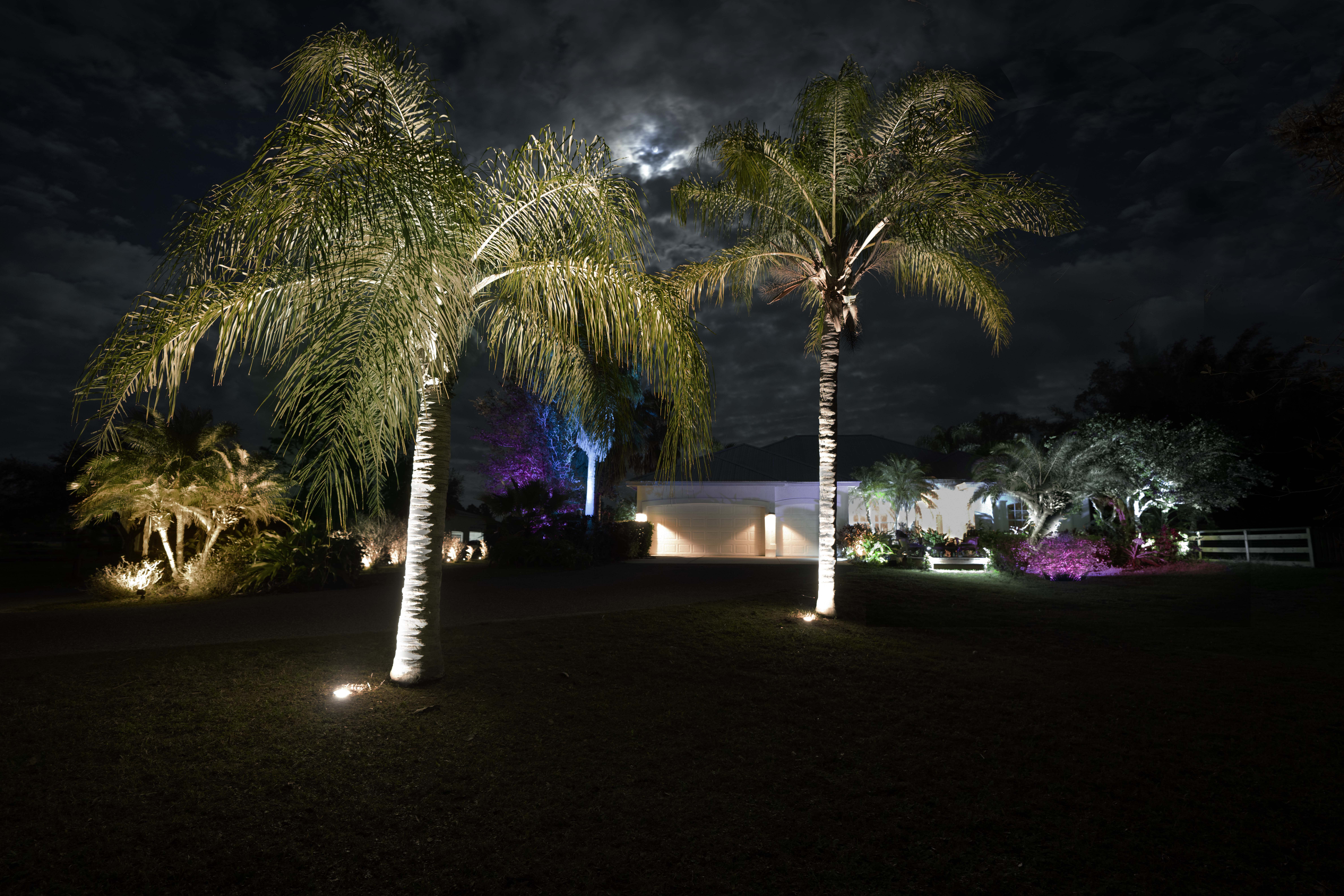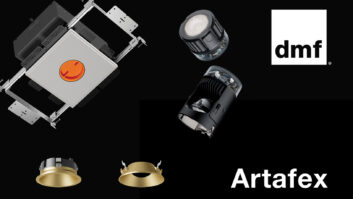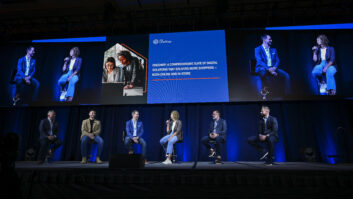
In today’s modern offices, new holistic design, controls, and system management tools are helping building owners reduce operating and maintenance costs over the lifecycle of the building, while enhancing everyday work lifestyles. To help owners further increase energy efficiency, Legrand has launched the Wattstopper Digital Lighting Management (DLM) system. DLM is a distributed control system that automatically maximizes lighting levels and energy efficiency throughout a building.
The DLM platform provides control infrastructure at every switch, outlet, and lighting load for optimal energy performance. Built on open standards, DLM makes every control point remotely accessible in real time.
The system include room controllers, occupancy and vacancy sensors, switches, daylighting sensors, dimmers, plug load controls, lighting control panels, and integration capabilities that provide convenient, energy-saving control of dimmed and switched loads. A DLM system provides a wealth of real-time data on energy usage, which can be adjusted for maximum optimization and efficiency.
A major advantage of DLM is its building-block architecture and open-platform system designed for easy integration with other systems. There are no wire nuts, strippers, or pliers needed. Once the products are physically installed, it takes just a couple of minutes to connect all the devices. When a controller is connected to a switch and a room sensor, the system knows what it’s connected to, how to behave, and configures itself with best practices developed by Wattstopper.
DLM can be used for standalone control of individual building spaces, or for centralized control of a floor, a building, or an entire campus that is also BACnet protocol compatible. BACnet is a communications protocol for building automation and control networks for applications such as heating, ventilating, and air-conditioning control (HVAC), lighting control, access control, and fire detection systems and their associated equipment.







